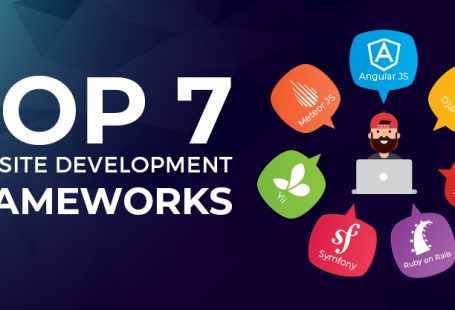Can we quantify User Experience? Yes, you can.
But having said that, you can’t be binary while quantifying UX, for the simple reason that you can’t be binary while quantifying users’ behavior.
There is no black or white in the way a visitor interacts with a website. Therefore you need to observe every action of a visitor, as he or she interacts with different elements of your website.
The purpose of this write-up is to help you measure that interaction and based on that measurement, assess the quality of UX.
1. In what time users fill out website forms?
Forms are the first point of contact that show visitors’ intent. They may have questions in mind regarding quotations. The last thing you want is to have a confusing form, that takes a lot of time and effort to collect information. If that’s the case, then they are most likely to bounce away from your website. This all counts as UX.
You can measure UX in relation to forms using a tool like Hotjar. It can track a visitor’s interaction with your form.
There might be some irrelevant fields in your form that visitors are skipping. With Hotjar you can easily find out such fields. Not just that, it also records video of visitors filling out forms. You can see those videos and analyze visitor’s behavior or pain points yourself, and adjust the length of the form accordingly. Do you don’t want to bore visitors with a tedious form? Of course, you don’t.
You can also see whether visitors are using desktops, tablets, or mobiles. If they find the forms tedious and troublesome even when they are using desktops, then they will find it even more difficult on tablets or smartphones.
So this is definitely a significant input for you, giving you an idea of the website’s UX.
2. Observing the navigation and interaction patterns of users
If you can observe a visitor’s behavior, then you can assess his or her experience too. But how to observe that behavior?
You can observe their engagement pattern, meaning, the amount of time they are spending on a page, or the particular segment of the page on which they are staying more and clicking. With Heatmaps, you can achieve this.
As the name suggests, areas where the maximum activity (The most number of clicks) takes place, are highlighted using red color. Areas that experience the least action are shown in blue color.
Crazy Egg is one of the finest tools that provide Heatmaps of web pages, along with other features.
Suppose you have a “Call To Action” button on your website, that leads visitors to your ultimate objective. You will obviously want to have maximum clicks on the button. This is where you can use Heatmaps to see users’ activity around the CTA button. You may get the idea of the right positioning of the button.
Crazy Egg has an interesting feature called Confetti. It can trackback the clicks made. Let’s understand this with an example.
Suppose you are running a Facebook ad that leads users to your Purchase button. With Confetti you can find whether the users who clicked on the purchase button came via the ad or somewhere else.
This way you can make some improvements to your ad if needed. Also, if people are getting to the purchase button but still not converting, it might be because of the page’s confusing nature. Maybe there is a confusing usage of words or poor placement of options.
3. The number of users completing the checkout process
Many visitors land up on a website. But do they convert? Do they complete the checkout process? If we think of an e-commerce website, it’s all about the checkout process. Using Google Analytics, you can find the number of users who completed the checkout process, as it can generate a Checkout Analysis report.
You can track the visitor on a “Step by Step” basis. How many steps did they went through, or at what step did they abandon the process? There might be a technical glitch at a particular step. You can find that out and remove any kind of inconvenience.
4. Site Load Speed
Website’s load speed is not just about UX, as it also affects search engine rankings. Various researches have been conducted and they state the same. It’s safe to say that users can generally wait up to 3 seconds for a website to load. If we go by common sense too, this seems to be a fair inference.
You can easily check your website’s speed with Google’s PageSpeed tool. You can get to know about specific pages that are relatively slower and the reason behind their slowness.
If we talk about the common reason for a website’s slowness and, image size pops out instantly. Bulky images are prone to delays and require compression for providing optimal UX.
You can use TinyPNG for this purpose. It’s a fine cross-platform solution for both PNGs and JPEGs.
There are some other page speed testers like Web Page Test and Pingdom.
5. Usability testing
As the name suggests, you need to recruit a group of users, say your employees, coworkers, or even friends.
Make them fill out forms, purchase items, or any action that involves a good amount of navigation. You may have overlooked some of the UX issues earlier. This exercise will help you unravel all such issues.
It’s an important step and should be given equal emphasis.
Conclusion
As developers, its good to immerse yourself in the technical side of things, but don’t overlook these little things that contribute to UX. It’s mostly common sense, so it’s better not to miss the mark.
So whether you are enhancing a website or building it from scratch, UX should be the focal point. With this approach, you will realize that everything else will fall into place.
We hope you found this write-up interesting and worthwhile. Do share your views on the subject in the comment section.







